You’ve lived with your feline companion for months or even years, yet sometimes you catch yourself wondering if you’re speaking the same language. That innocent-looking tail flick might not be so innocent after all, and those midnight zoomies could be your cat’s way of having a serious conversation with you. The truth is, felines are unique creatures with their own idiosyncrasies and communication methods, and as a cat owner or lover, it’s important to understand what a kitty’s actions actually mean.
People often ascribe higher levels of meaning to a cat’s behavior than can be reasonably contained in the cat’s brain, because we are deeply invested in our cats and because humans tend to project our own feelings and justifications onto others. What you might interpret as defiance or spite could actually be your cat’s desperate attempt to communicate something entirely different. Let’s dive into the fascinating world of feline communication and decode what your cat has been trying to tell you all along.
That Purr Doesn’t Always Mean Pure Bliss
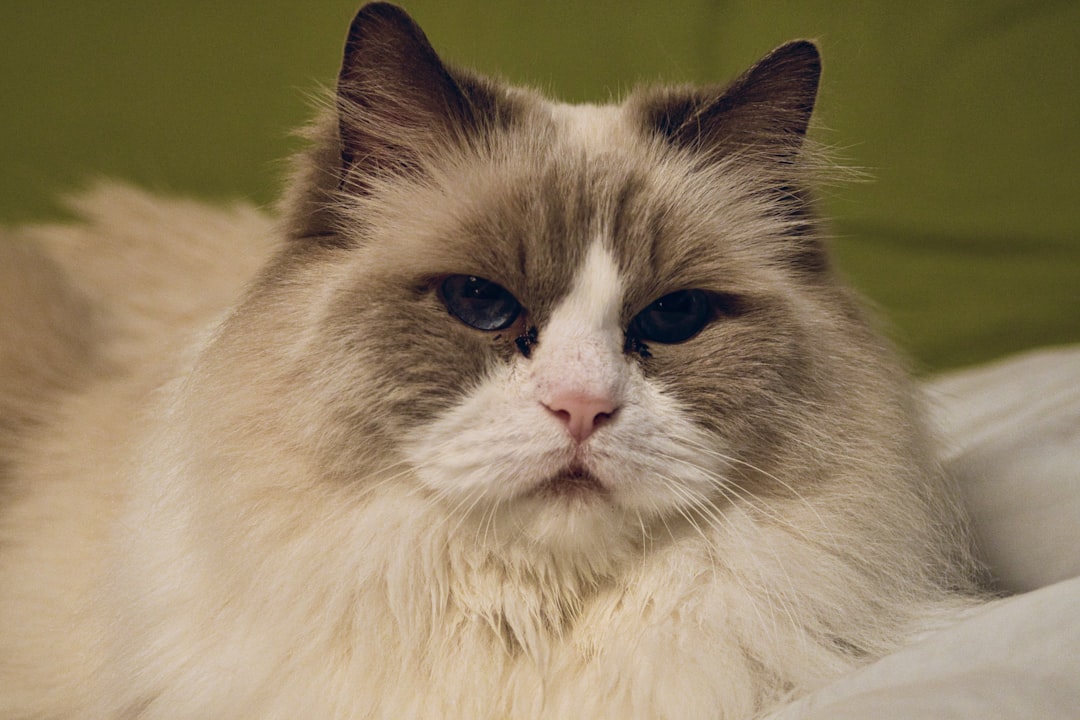
You might assume that purring equals happiness, but this common misconception could prevent you from recognizing when your cat needs help. A domesticated cat may purr when tickled or pet, but felines also purr to communicate with those close to them, express needs like hunger, and when they are nervous or not feeling well. Think of purring as your cat’s version of humming while they work – sometimes it’s joyful, other times it’s just a way to cope.
Cats can show their stress in many ways, which does sometimes include purring. It’s a form of self-soothing that can help a cat calm down and put them more at ease. It’s similar to any technique that you might use when stressed, like squeezing a stress ball or meditating. The key difference lies in the pitch and context: when cats are purring out of happiness, the purr tends to be lower pitched, while a stressed-out cat might have a higher-pitched purr.
The Real Reason Behind Those Litter Box “Accidents”
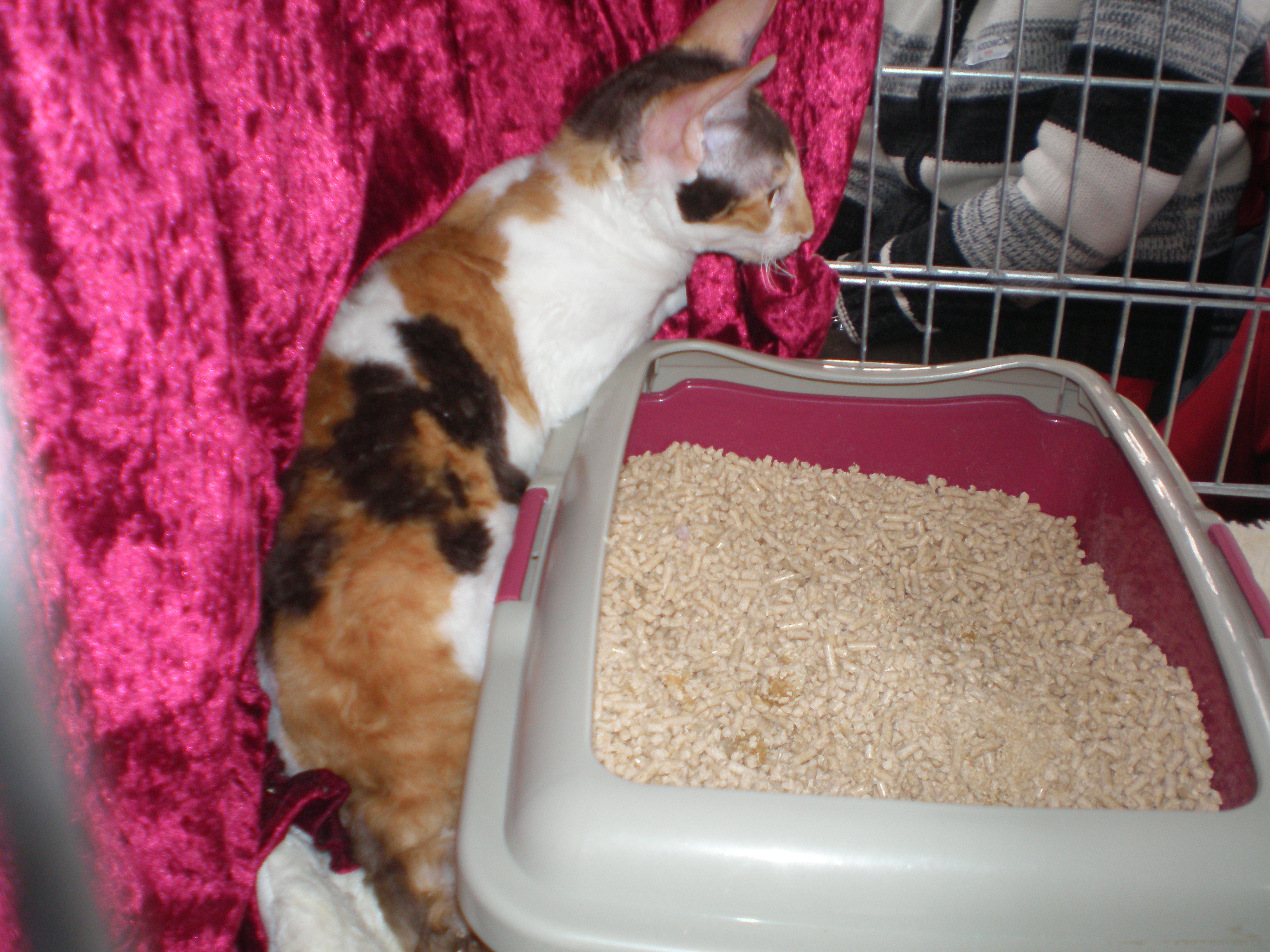
Before you assume your cat is being vindictive by avoiding their litter box, consider that they’re actually trying to communicate something urgent about their health or environment. Cats don’t do this to annoy us. If your cat has previously been great at using their box and then suddenly starts urinating or defecating in inappropriate places, this is often a sign of a health issue or stress.
Your cat might be telling you the box is too dirty, too noisy, or in an uncomfortable location. Cats may also skip the litter box when they’re stressed, anxious, or ill. Your first step is to rule out (or treat) any underlying illness, like a urinary tract infection. Sometimes the message is as simple as “please clean my bathroom” or as complex as “something in my environment is making me anxious.”
Tail Swishing Isn’t Just Casual Movement
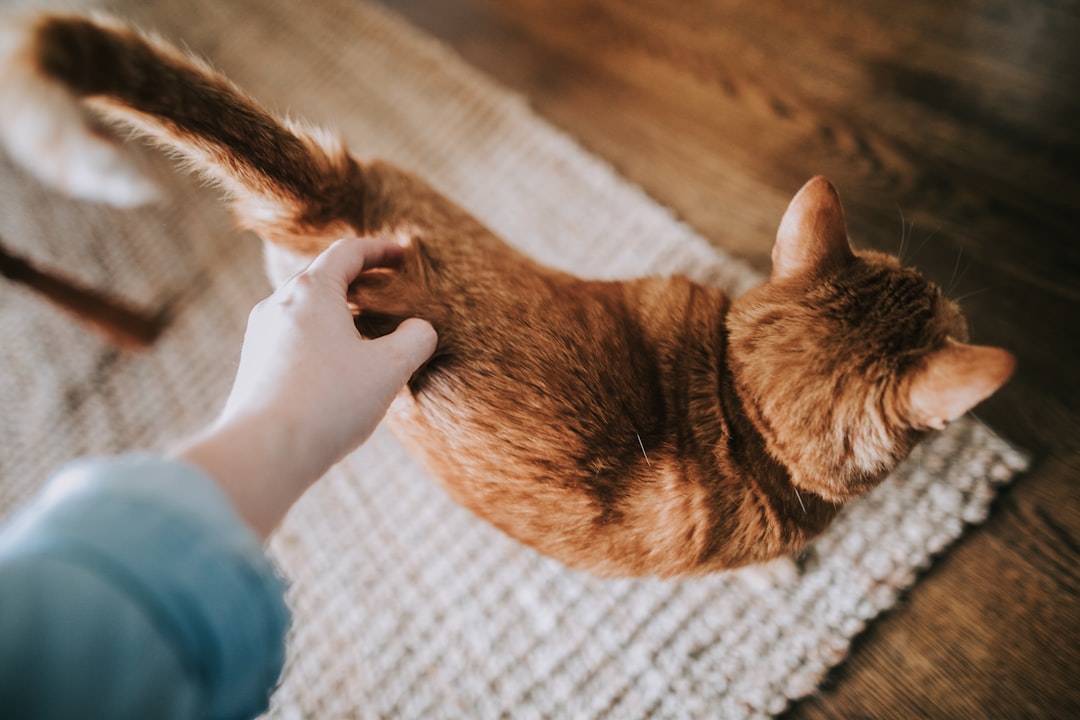
Unlike dogs, when your cat starts wagging their tail, they’re not necessarily expressing joy. When a cat “wags” its tail, it’s not the same joyful response you get with a happy dog wag. In fact, it may mean the opposite. A cat tail wag can be more of a warning. The tail wag is a sign of heightened excitement, annoyance, or frustration.
The speed and intensity matter tremendously. A rapidly swishing tail can indicate annoyance, a sign the cat wants to be left alone. A more gently wagging tail can show focus or playfulness. When your cat slowly swishes their tail from side to side, they may be intently focused on something like a toy, another animal in the home, or something outside. They may be about to pounce!
Head Butting is Your Cat’s Way of Saying “You’re Mine”
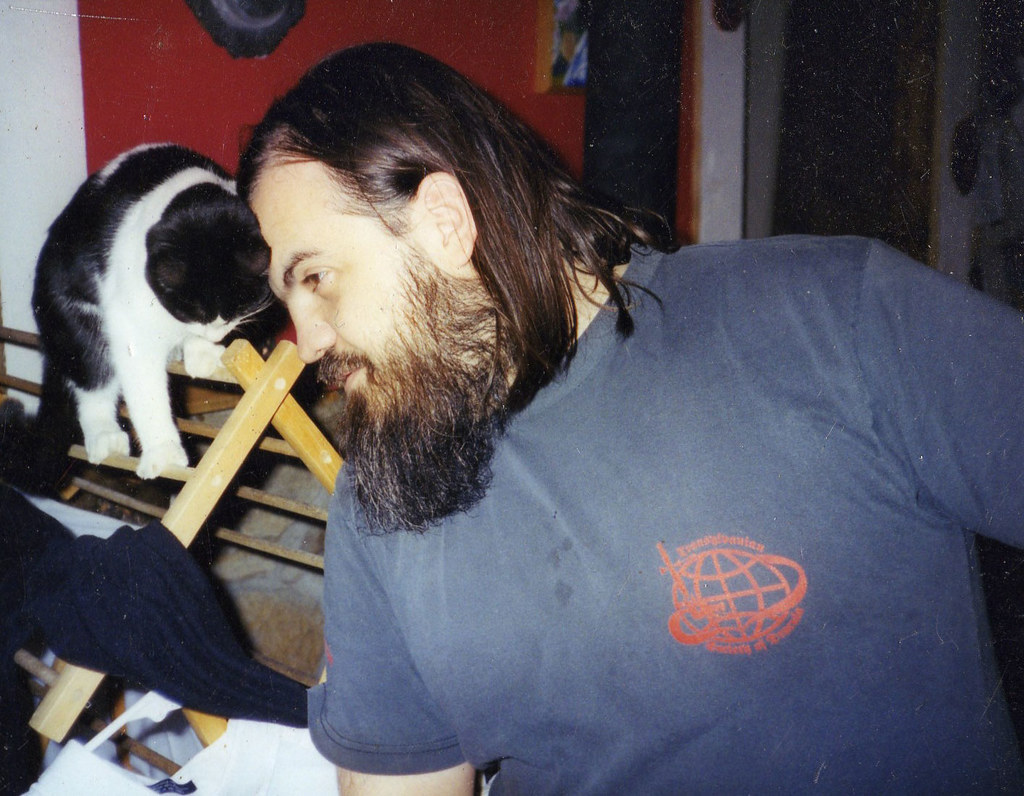
When your cat bonks their head against you, they’re not being clumsy or demanding – they’re actually giving you one of the highest compliments in the feline world. If a cat headbutts you, they may be trying to show you affection or learn more about you. Ultimately, any time a cat rubs their head on you, they’re marking you with their scent, which can make them feel safe and happy.
When a cat headbutts, or bunts, you, they are transferring their scent to you. This may mean that you are part of their territory to ward off other cats that come near you, but more than likely your cat is just expressing that you are theirs. Cats tend to headbutt when they are content and familiar with an environment. So new or stressed cats may not feel confident enough to headbutt. It’s essentially your cat’s way of saying you belong to their inner circle.
Kneading Means More Than Just Comfort
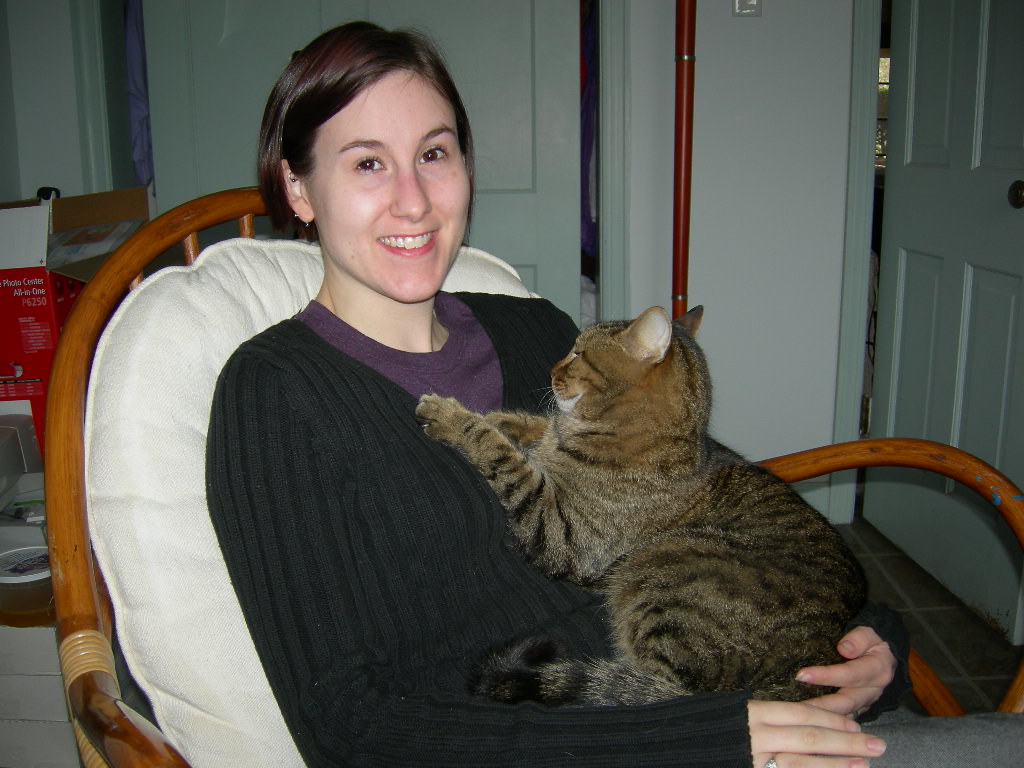
Those little paws pushing rhythmically against your lap aren’t just seeking comfort – your cat is reliving their most secure memories and treating you like family. Kneading appears to indicate a cat feels affectionate and relaxed – as they did when laying as a young kitten, suckling from their Mum. This behavior, often called “making biscuits,” connects directly to their earliest feelings of safety and nourishment.
The behavior is associated with nursing, and it’s a self-soothing mechanism, like thumb-sucking in humans. If your cat is displaying this behavior, they’re probably feeling happy and content. When your cat kneads you, they’re essentially saying you make them feel as safe and loved as their mother did. Kneading is a behavior that originates from kittenhood, when kittens knead their mother’s belly to stimulate milk production. As adults, kneading is a sign of comfort, contentment, and affection.
Those Slow Blinks Are Feline “I Love Yous”

If you’ve ever noticed your cat looking at you and slowly closing their eyes, you’ve just received a cat kiss. Slow blinking, often referred to as “cat kisses,” is a sign of trust and affection. It’s not some secret kitty Morse code, but a non-verbal expression of love. Closing their eyes, even for a second, is a vulnerable act for cats in the wild.
Cats blink slowly to show affection and relaxation. If a cat blinks slowly at you, they are not threatened by you – in fact, they trust you. To bond with a cat that blinks slowly at you, you can return their gesture by blinking slowly back at them. This simple exchange creates a moment of mutual understanding and deepens your bond. Think of it as your cat’s way of saying “you’re safe, and I trust you completely.”
Belly Exposure Isn’t Always an Invitation
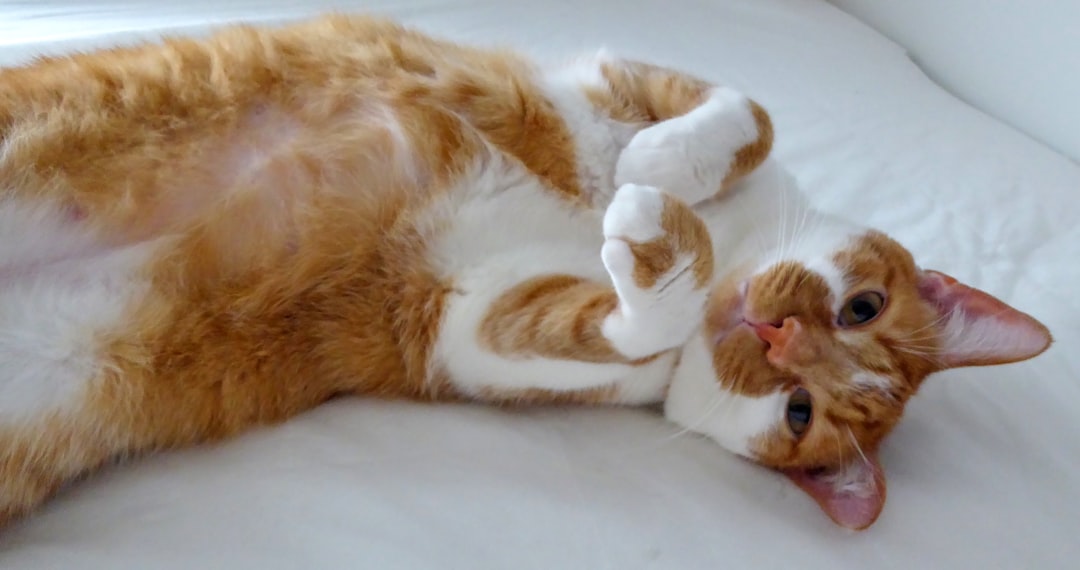
When your cat rolls over and shows their belly, your first instinct might be to give them a gentle rub, but this gesture is often misunderstood. Rolled over and exposing the belly is a social greeting and sign that a cat trusts you. However, it’s not an invitation to touch their tummy, as many cats find that stressful.
When we take them up on this ‘offer’ by rubbing their bellies, they may retract it with a bite or a scratch, as it was only meant as a form of communication. If you establish even more trust you may be able to go in for the pets without reprimand, but be gentle and keep in mind this is a physical expression of trust more than it is an invitation. Your cat is essentially saying “I feel completely safe with you,” but that doesn’t necessarily mean they want physical contact in that vulnerable area.
Chattering at Birds Reveals Frustrated Hunting Instincts
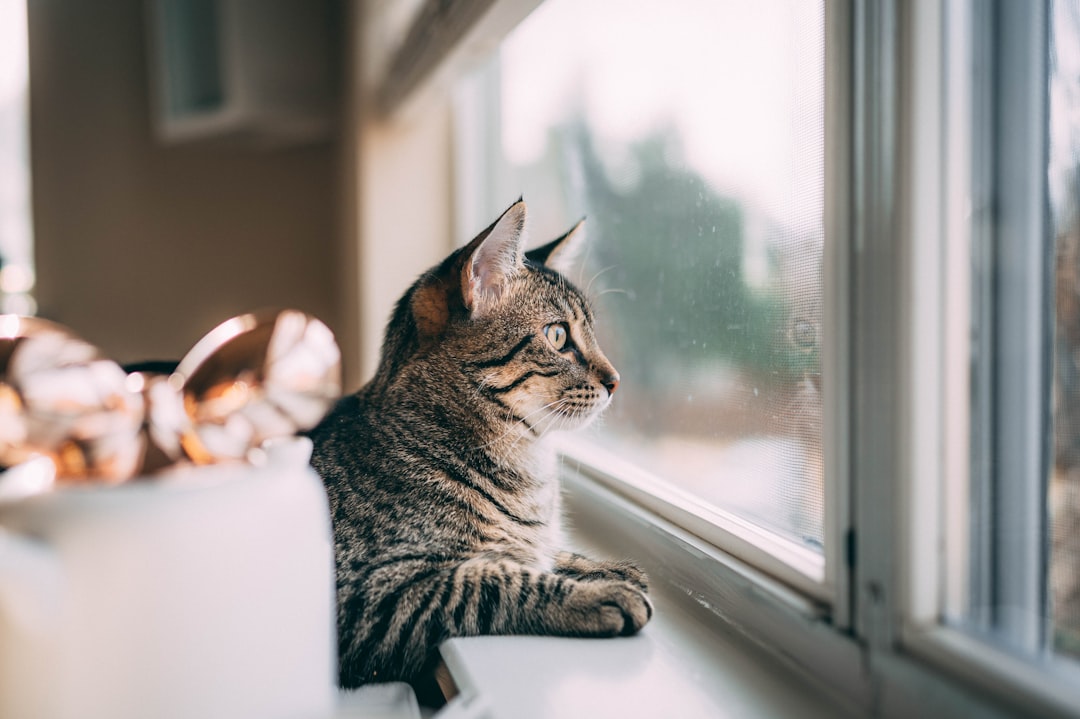
That strange clicking or chattering sound your cat makes while staring intensely out the window isn’t random noise – it’s your cat expressing complex emotions about their hunting instincts. Chattering, chittering or twittering are the noises your cat makes when they’re sitting in the window watching birds or squirrels. It usually translates to excitement … or they may be contemplating snack time.
Chirping/chattering often happens when watching birds outside – a mix of excitement and frustration at not being able to pounce. A cat’s chirp tends to mean one of two things: Its hunting instincts are activated as it spies a bird, bug, mouse, or toy. Likely this type of chirping is accompanied by its tail twitching back and forth and dilated pupils. It’s like your cat is saying “I see you, and if I could get to you, this would be a very different conversation!”
Excessive Vocalization Can Signal Distress
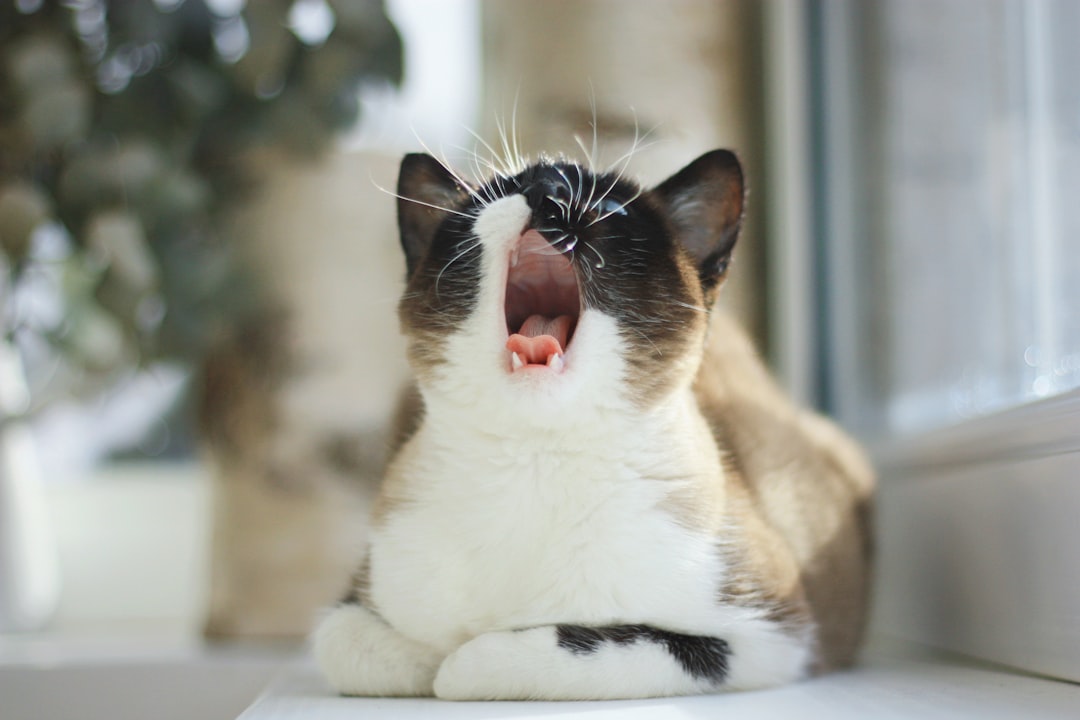
While cats naturally communicate through various sounds, a sudden increase in vocalization often indicates something more serious than simple chattiness. Scientists have identified more than a dozen different meows that cats make, each with its own meaning. In general, kittens use meows to communicate with their moms, but grown cats employ them solely to communicate with humans.
A yowl or howl (they sound like loud, drawn-out meows) tells you your cat is in some kind of distress – stuck in a closet, looking for you or in pain. Find your cat if they’re making this noise. The problem is when the meowing seems to become more excessive than normal, it can be caused by a multitude of things. This can include illness, stress, or other issues as well. Your cat might be trying to tell you about pain, anxiety, or environmental changes that are bothering them.
Aggressive Behavior Often Masks Fear or Overstimulation

When your usually gentle cat suddenly bites or scratches, they’re not being mean – they’re communicating that something has pushed them past their comfort zone. Sometimes it can be that they think you’re a playmate and they’re trying to play-fight. But often it means that they don’t like the way you’re petting them. Cats can easily become overstimulated from repetitive petting.
Sometimes a cat will bite or swat if you’ve ignored earlier signals that they’re uncomfortable. A nip is not an attack. It’s last resort for communication when nothing else is working. Your cat has likely been sending you subtle signals – flattened ears, tail twitching, or tense body posture – that you may have missed. They’re essentially saying “I’ve tried to tell you politely that I need space, but you didn’t listen.”
Conclusion
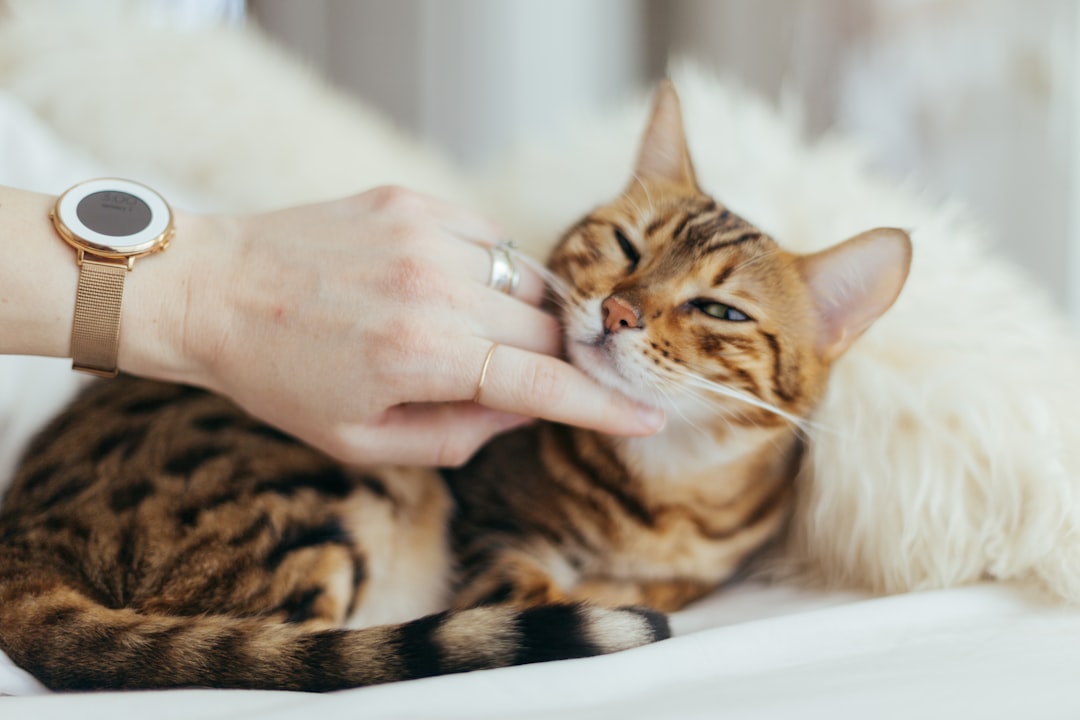
Understanding your cat’s true communication methods transforms your relationship from guesswork to genuine connection. They are communicating needs, soothing themselves, or simply playing. When we let go of the idea that our cats are tiny, furry humans with complicated motives and cynical inner lives, we start to see them more clearly for who they are. And that shift not only prevents misunderstandings, it also deepens the trust and affection that make sharing our lives with them so rewarding.
The next time your cat exhibits any of these behaviors, pause and consider what they might actually be trying to communicate. Your feline friend has been talking to you all along – you just needed to learn their language. What do you think about your cat’s communication style now? Tell us in the comments how these insights have changed your perspective on your furry companion’s behavior.






